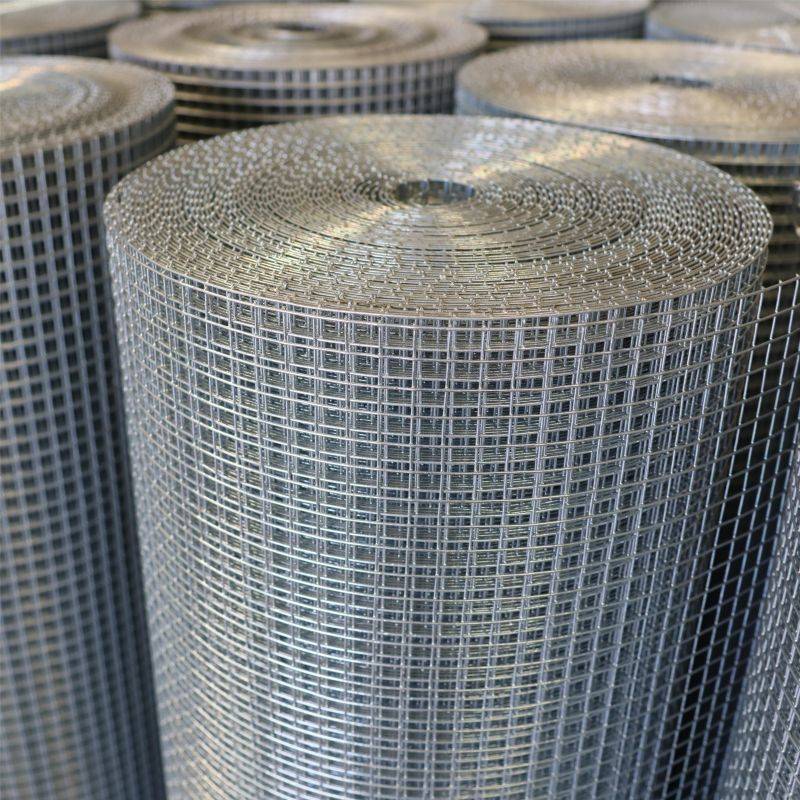hardwood nails
Understanding Hardwood Nails The Essential Guide
When diving into woodworking, one often encounters an array of fasteners designed to meet various needs. Among these, hardwood nails hold a special place, particularly in projects that require strength, durability, and a refined finish. In this article, we will explore what hardwood nails are, their various types, uses, and tips for choosing the right nail for your woodworking project.
What Are Hardwood Nails?
Hardwood nails are specifically designed to be used in dense and heavy timber, such as oak, maple, and cherry. Unlike standard nails made for softwood, hardwood nails are crafted with features that enhance their performance in tougher materials. Their construction often includes thicker shanks, sharper points, and sometimes special coatings that provide extra gripping power and corrosion resistance.
Types of Hardwood Nails
1. Finish Nails These are thin, smooth nails that provide a clean and unobtrusive finish. Their small size and slender shape make them ideal for attaching trim and molding without creating large holes that require significant filling.
2. Brad Nails Similar to finish nails but even thinner, brads are perfect for delicate tasks such as attaching thin pieces of wood or veneer. They are often used in trim work or when precision is crucial.
3. Box Nails Box nails are slightly thinner than common nails, making them less likely to split the wood when driven in. They are typically used for a variety of construction tasks such as framing, decking, and sheathing.
4. Common Nails These are heavy-duty nails used in construction. They have a thicker shaft and larger heads and are excellent for structural applications where strength is required.
5. Spiral Shank Nails These nails feature a twisted design that enhances their holding power. They are particularly effective for thick hardwoods, making them popular in decking and landscaping applications.
Uses of Hardwood Nails
hardwood nails

Hardwood nails are versatile and can be used in various woodworking applications, including
- Furniture Making When constructing furniture pieces, such as tables and chairs, hardwood nails ensure strong joints that can bear weight and resist movement over time. - Cabinetry In cabinet construction, these nails provide a reliable way to attach doors, drawer fronts, and side panels without excessive visible fasteners. - Trim and Molding For installing baseboards, crown moldings, and other trim work, finish nails create a clean look while securely fastening the components.
- Flooring Hardwood flooring installations often utilize special hardwood nails or staples to secure planks to the subfloor, ensuring longevity and durability.
Tips for Choosing the Right Hardwood Nail
1. Consider the Material Always match the type of nail to the specific type of hardwood you are working with. Denser woods may require larger diameter or specially coated nails to prevent splitting.
2. Select the Proper Size The length of the nail should be at least double the thickness of the material you are fastening. This ensures that it penetrates deeply enough to hold securely.
3. Nail Point and Coating Opt for nails with sharp points to reduce resistance when driving into hardwood. Consider coated nails for outdoor projects to increase resistance to moisture and rust.
4. Use the Right Tools A pneumatic nail gun designed for hardwood nails can save time and effort, but ensure that the nails you choose are compatible with your equipment.
Conclusion
Hardwood nails are an indispensable part of any woodworker's toolkit, providing the strength and reliability needed for various projects. By understanding the different types available and their specific uses, you can make informed decisions that will result in impressive finishes and lasting structures. Whether you're a seasoned professional or an enthusiastic hobbyist, mastering the use of hardwood nails will undoubtedly enhance your woodworking repertoire. So the next time you embark on a project, remember that the right fastener can make all the difference!
-
Weather Resistance of Woven Wire and Chicken Wire Fencing MaterialsNewsJun.05,2025
-
Umbrella Nails Innovations in Roofing Fasteners for Wind ResistanceNewsJun.05,2025
-
Modern Barbed Wire Fence Designs for Perimeter ProtectionNewsJun.05,2025
-
How Iron Nail Wire Enhances Nail Strength and Installation EfficiencyNewsJun.05,2025
-
High-Security Razor Fence Solutions for Perimeter ProtectionNewsJun.05,2025
-
Durable Wire Netting Fence Solutions for Animal EnclosuresNewsJun.05,2025




